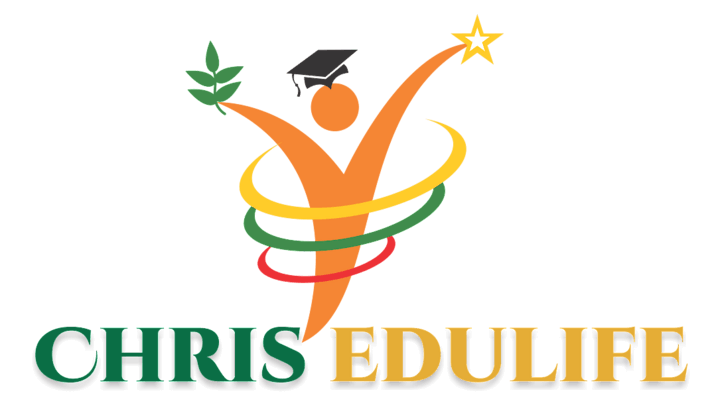Migrating to Microsoft 365: A Complete Guide to Assist Resources
Migrating to Microsoft 365 has become an essential step for businesses looking to streamline their operations, enhance productivity, and capitalize on cloud-based services. With its huge suite of tools, including Word, Excel, PowerPoint, OneDrive, Teams, and more, Microsoft 365 affords organizations the flexibility to work remotely and collaborate efficiently. However, the migration process can seem overwhelming, particularly for companies accustomed to legacy systems. This guide walks you through the support resources available to ensure a smooth transition.
1. Pre-Migration Planning
Before jumping into the migration process, it’s crucial to have a stable plan. Pre-migration planning entails evaluating your current IT infrastructure, figuring out which files and applications should be migrated, and determining the licensing and consumer accounts you will want in Microsoft 365. Fortuitously, Microsoft presents a variety of tools to help in this phase.
Microsoft Assessment and Planning Toolkit
The Microsoft Assessment and Planning (MAP) Toolkit is a robust resource for identifying your group’s current systems and understanding the scope of your migration. The tool provides stock reports, identifying applications, servers, and desktops that should be transitioned to Microsoft 365. It’s essential for performing a compatibility check to keep away from any surprises throughout migration.
Microsoft FastTrack
For organizations with a hundred and fifty or more licenses, Microsoft FastTrack is an invaluable resource. FastTrack provides direct assistance from Microsoft specialists that will help you plan, execute, and adchoose Microsoft 365 solutions. This service includes step-by-step steering for migration and deployment, making certain you’re totally prepared before the precise migration process begins.
2. Migration Process
As soon as the pre-migration part is complete, it’s time to start the migration itself. This can involve moving email systems, files, and applications to the Microsoft 365 environment. Luckily, Microsoft offers several resources to guide you through the process.
Microsoft 365 Migration Wizard
The Microsoft 365 Migration Wizard simplifies the migration process for small to medium-sized businesses. This tool walks you through every step of the migration, including moving e mail systems from platforms like Gmail, Exchange, or other e mail servers into Microsoft 365’s Exchange Online. It additionally handles data switch to OneDrive or SharePoint, making certain that files are stored securely in the cloud.
Third-Party Migration Tools
In some cases, companies may go for third-party migration tools that offer additional features or specific functionalities. Tools like BitTitan, Quest, and SkyKick are commonly used to enhance the migration expertise, particularly for larger enterprises with complex needs. These tools offer features like detailed reporting, customizable migration plans, and advanced person mapping.
3. Post-Migration Assist
As soon as the migration is full, guaranteeing your organization fully adapts to the new environment is crucial. Post-migration assist is available in numerous forms, from learning resources to fingers-on support from Microsoft.
Microsoft Learn
Microsoft Study affords a wealth of free on-line courses covering each facet of Microsoft 365. Customers can find tutorials on the way to use Teams, collaborate in SharePoint, create documents in Word, and manage data in Excel. This is a good resource for onboarding employees and ensuring they are comfortable with the new tools at their disposal.
Admin Center Help
After migration, system administrators will need to manage licenses, configure security settings, and monitor system health through the Microsoft 365 Admin Center. The Admin Center features a help part that provides rapid answers to common problems. For more advanced points, admins can access technical help through live chat or by phone directly from the portal.
Microsoft Community
The Microsoft Community discussion board is an open platform where customers and IT professionals share advice, troubleshoot problems, and focus on finest practices. This is a particularly helpful resource for small IT teams or individuals without a dedicated Microsoft help plan. With thousands of active users, it’s likely that somebody has already encountered—and solved—the issue you are facing.
4. Additional Assist Options
Past the standard support tools provided by Microsoft, there are several different resources available to help throughout and after migration.
Microsoft Premier Help
For companies seeking advanced or personalized help, Microsoft provides Premier Support, which provides direct access to a team of dedicated Microsoft engineers. Premier Help includes proactive services like performance opinions and health checks, as well as reactive services equivalent to critical incident management.
Third-Party Consultants
In some cases, particularly for big organizations with complicated IT environments, hiring a third-party consultant to manage the migration process is usually a smart decision. Many IT consultancy firms specialize in Microsoft 365 migrations and can offer fingers-on help, ensuring that even essentially the most intricate aspects of the migration are handled smoothly.
5. Security and Compliance Considerations
One of many key benefits of migrating to Microsoft 365 is the enhanced security features built into the platform. However, understanding and configuring these security options may be challenging.
Microsoft 365 Security Center
The Microsoft 365 Security Center is your go-to resource for configuring and managing security settings submit-migration. The Security Center provides a centralized hub to monitor threats, manage data protection policies, and reply to security incidents. It additionally contains tutorials on configuring multi-factor authentication (MFA), encrypting data, and setting up data loss prevention (DLP) policies to keep your sensitive information safe.
6. Conclusion
Migrating to Microsoft 365 gives immense benefits in terms of productivity, collaboration, and security, but the process itself will be daunting without the best support. By utilizing resources like the Microsoft Assessment and Planning Toolkit, FastTrack, and publish-migration help tools such as Microsoft Be taught and the Admin Center, businesses can ensure a seamless transition. Whether or not you are migrating a small team or a large enterprise, the wide array of assist options available ensures that your move to Microsoft 365 will achieve success and sustainable in the long term.
If you adored this article and you simply would like to collect more info relating to Microsoft 365 administration kindly visit the website.

